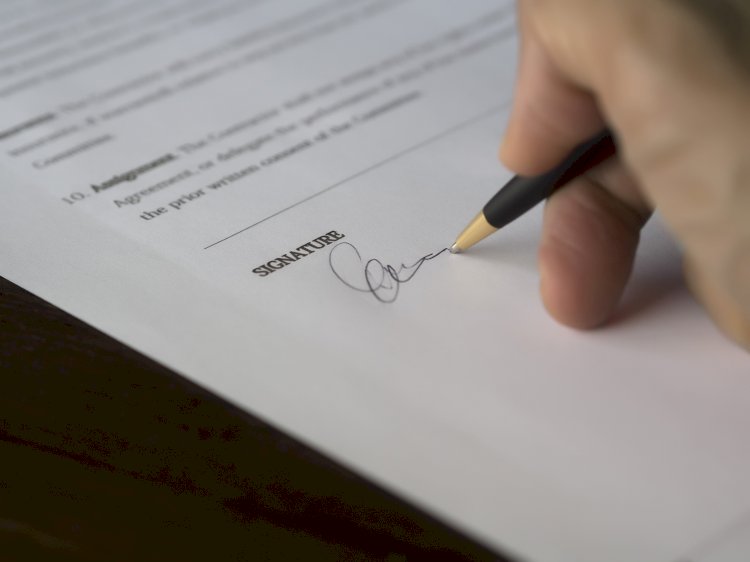Long-Term Agreement : Buyer/Seller Discussion Points
Long-term agreements have many things to consider. To buy a product, you need to gather information about it; the packaging, the price for handling, shipping and so on. The following is a list of points to discuss with the seller to ensure quality, quantity, deliverability, etc. will be satisfactory to you.

When you want to buy a product and plan to have a long-term agreement with the provider, you need several information before you buy – information about the product, the packaging, the price for handling, shipping and so on.
The following is a list of points to discuss with the seller to ensure quality, quantity, deliverability, etc. will be satisfactory to you.
1. Quality of the product
- Clearly list properties that are important to you
- Discuss the sampling method
- Identify the analytic methods that must be used to measure their properties
- Indicate the range of values acceptable for each property
- Reach an agreement about who will measure each property, when on site before leaving, upon arrival and through independent laboratories
- Identify the independent laboratory that will measure some of the properties
- Discuss who will pay for the measurements
- Identify under what conditions you can return a product
- Discuss quality control of your provider
- Discuss certifications if appropriate
2. Packaging
- Discuss the type of packaging, resistance to humidity, to acidity, to fire, and so on, depending upon your product
- Size and weight of the packaging
- Other specific characteristics, if needed, such as sunlight protection, heat-resistance, etc.
- Verify laws and regulations for acceptable packaging for transport and storage applicable in your country, and if they match those of your provider (in case of import)
- Discuss about cleaning containers if they must be returned to the provider, how to do it, who does it, who pays for it
- Additional costs, if applicable
3. Handling
- Discuss about handling methods
- Discuss about Material Safety Data Sheets (MSDS)
4. Shipping (Transport)
- Discuss the type of transportation and options
- Discuss the price for transport, reliability, insurance
- Discuss frequency, date of freight departure and date of expected arrival
- Specify if the delivery must be done after results about the quality of products have been received and are accepted
- Specify the precise address of delivery
- When and how the transport must be paid
- The seller must send you the tracking number provided by the shipping company
5. Import-export
- Identify custom fees
- Who, when and how import-export fees should be paid
- Plan to use a custom broker for easy clearance. Expect additional fees for this service
- You must check for laws and regulations applicable to packaging and transport in your country to ensure the packaging and transport suggested by the seller from another country complies your country’s regulations
- Estimate import taxes in certain countries
6. General
- Reach an agreement on payment mode and frequency
- Check if the buyer has the financial resources to support its orders on a continuous basis
- It is important to discuss about insurance relative to production reliability, quality
- It is important to clarify the total additional fees such as handling, shipping, customs, taxes
- Clarify when, how, and who pays these fees, keeping in mind some of these fees are not paid to the seller (ex: custom brokerage)
These interactions can't be done through Pyrolist: Pyrolist does not support method payments - yet.
















